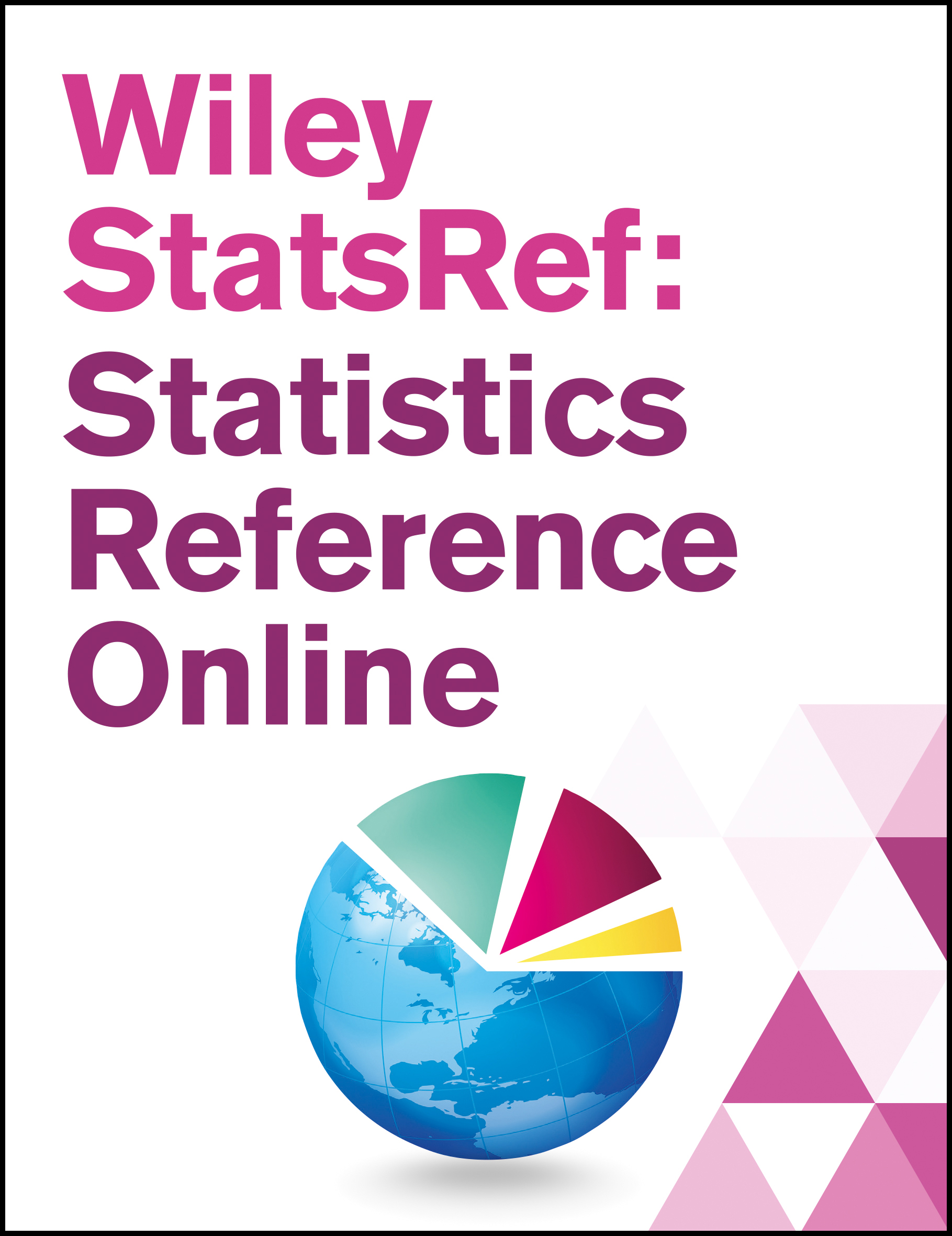Abstract
Path analysis refers to the calculation of moment structures within and between variables, for example, covariances or correlations, implied by a set of simultaneous linear regression equations – one type of structural equation model. Path diagrams of structural equation models offer a graphical representation with exact one-to-one mapping to the simultaneous linear regression equations. Path analysis allows one to decompose the covariance between two variables in a structural equation model into additive components, thus helping to understand how the interrelationships between many variables in a model predict the covariance between two selected variables. By performing path analysis calculations on all variables and pairs of variables in a model, one may calculate the expected moment structure implied by that model. Path analysis preceded and led to the development of modern structural equation modeling methods of parameter estimation.



